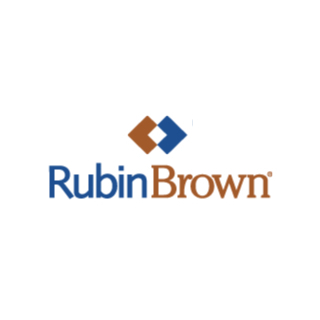COVID-19: SBA Releases Interim Final Rule Governing Forgiveness of Paycheck Protection Program (PPP)
COVID-19: SBA Releases Interim Final Rule Governing Forgiveness of Paycheck Protection Program (PPP)
On August 24, 2020, the Small Business Administration (SBA) published an Interim Final Rule (IFR), governing forgiveness of Paycheck Protection Program (PPP) loans. The IFR focused on:
Definition of Owner-Employee
Previous SBA guidance caps the amount of loan forgiveness for payroll compensation attributable to an owner-employee. The forgivable costs are generally limited to the lesser of:
- $20,833, or
- 2.5/12 of 2019 compensation paid to the owner-employee.
This limitation applies to the sum of compensation received from all businesses of the owner-employee.
An owner-employee is defined as a shareholder in a C or S corporation who is also an employee. The recent IFR provides an important exception to this definition by stating that an owner-employee in a C or S corporation who has less than a 5% ownership stake will not be subject to the owner-employee compensation rule. This exemption is intended to cover owner-employees who have no meaningful ability to influence decisions over how loan proceeds are allocated.
Treatment of Certain Non-Payroll Costs
In addition to qualifying payroll costs, a borrower is eligible for forgiveness of certain non-payroll costs, including mortgage interest, rent, and utilities.
The recent IFR provides important limitations on forgiveness when a borrower who pays mortgage interest or rent in turn rents the property to another party. The forgiveness requested for non-payroll costs may not include any amount attributable to the business operation of a tenant or sub-tenant of the PPP borrower or, for home-based businesses, household expenses.
Example 1: A borrower rents an office building for $10,000 per month and subleases out a portion of the space to other businesses for $2,500 per month. Only $7,500 per month is eligible for loan forgiveness.
Example 2: A borrower has a mortgage on an office building it operates out of, and it leases out a portion of the space to other businesses. The portion of mortgage interest that is eligible for loan forgiveness is limited to the percent share of the fair market value of the space that is not leased out to other businesses. As an illustration, if the leased space represents 25% of the fair market value of the office building, then the borrower may only claim forgiveness on 75% of the mortgage interest.
Example 3: A borrower shares a rented space with another business. When determining the amount that is eligible for loan forgiveness, the borrower must prorate rent and utility payments in the same manner as on the borrower’s 2019 tax filings, or if a new business, the borrower’s expected 2020 tax filings.
Treatment of Related Party Rents
The recent IFR provides that the amount of loan forgiveness requested for rent or lease payments to a related party is limited to the amount of mortgage interest owed on the property during the covered period that is attributable to the space being rented by the business. In addition, both the lease and the mortgage must have been entered into prior to February 15, 2020.
Any ownership in common between the business and the property owner is a related party for these purposes. Thus, it appears that any degree of common interest between the landlord and tenant will cause the two parties to be related for these purposes.
The borrower must provide its lender with mortgage interest documentation to substantiate these payments.
Importantly, the IFR also provides that while rent or lease payments to a related party may be eligible for forgiveness, mortgage interest payments to a related party are not eligible for forgiveness.
For further clarification regarding this recent IFR, please contact your trusted RubinBrown team member.
By: Tony Nitti, CPA, MST
Partner-In-Charge
National Tax
609.658.9593
tony.nitti@rubinbrown.com
Readers should not act upon information presented without individual professional consultation.
Any federal tax advice contained in this communication (including any attachments): (i) is intended for your use only; (ii) is based on the accuracy and completeness of the facts you have provided us; and (iii) may not be relied upon to avoid penalties.
